Sauerkraut, a staple in Eastern European cuisines, is a preserved cabbage dish that is a beloved probiotic powerhouse. Traditionally, sauerkraut is enjoyed as a side to sausages or on top of hotdogs, marrying beautifully with the savory notes of meat. But, there's a new wave of sauerkraut enthusiasts who are turning this classic ferment into something more imaginative and healthful. Enter the Apple & Juniper Berry Sauerkraut – a tangy, health-boosting gut-friendly delight that's making its mark on the culinary world for its unique infusion of flavors. If you're a foodie or a paleo enthusiast keen on expanding your fermentation skills, this recipe is for you.
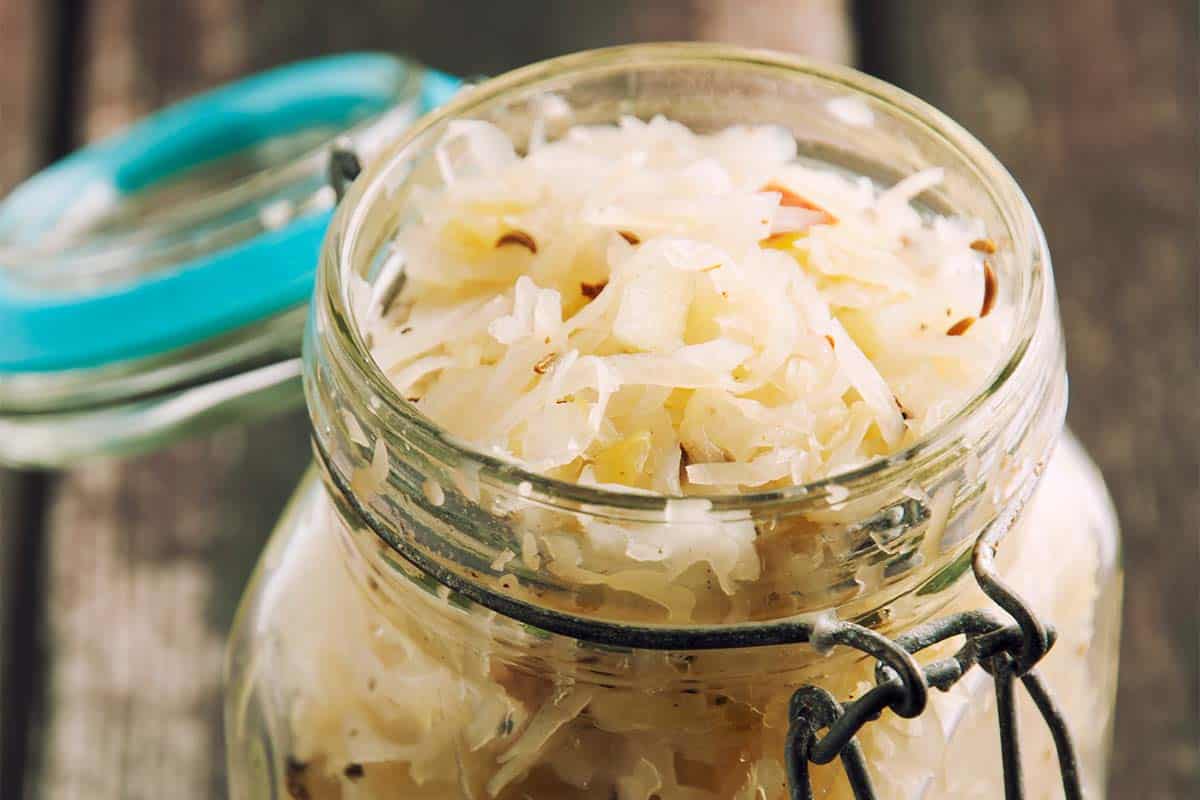
Jump to:
Apple & Juniper Berry Sauerkraut
Sauerkraut, which translates to 'sour cabbage,’ was historically associated with Northern and Eastern European cuisines due to its role as a preserved winter dish. However, it has been adopted by chefs worldwide for its depth of flavor, versatility, and health benefits. Today, chefs are elevating the humble sauerkraut by infusing it with ingredients that complement its tangy profile, such as apple and juniper berry. This not only adds a sweet and aromatic element but also embraces the medicinal roots of juniper, which has long been praised for its perceived health properties.
But what do you serve it with? The most popular way to enjoy Apple & Juniper Berry Sauerkraut at my table is with a Grilled Sausages, as the sweetness of the apple balances the savory sausage beautifully. For those who love a morning kick, a simple Egg in a Jar with a dollop of this kraut will certainly invigorate your palate and, ultimately, your day.
Ingredients
Serves: 128 Prep Time: 40 minutes Ferment Time: 7-10 days
- 3 or 4 heads of cabbage, shredded
- 2 or 3 apples, peeled and coarsely chopped
- 3 tablespoon caraway seeds
- 3 tablespoon Juniper berries, crushed
- ¼ cup sea salt
How to Make Apple & Juniper Berry Sauerkraut
Combine the shredded cabbage, chopped apples and spices together.
Place the shredded cabbage and apple mixture little by little in your fermentation jar, pounding them vigorously and sprinkling some of the sea salt as you go along.
Make sure the mixture fills the jar up to 1 inch bellow the top (because of the expansion), adding more if needed, and that the extracted water covers the vegetables entirely. If not, create a brine of 2 tablespoons sea salt to 4 cups water and add it to the cabbage.
Press the mixture and keep it under the brine by placing a plate or a lid on top weighted down by a rock or a jug of water. Cover with a clean towel if needed to keep out fruit flies.
Place the fermentation jar in a warm spot in your kitchen and allow the Sauerkraut to ferment for 7 to 10 days.
Check on it from time to time to be sure that the brine covers the mixture and to remove any mold that may form on the surface.
A good way to know when it’s ready is to taste it during the fermentation process and move it to the refrigerator when you’re satisfied with the taste.
More Unique Recipes
If you love unique recipes as much as I do, then you'll want to add it to your meal plan regularly. Below are a few more family-favorite recipes to check out and bookmark for making soon.
- Braised Rabbit with Thyme
- Bacon Wrapped Sausage with Apples
- Nicoise Chicken Stew Recipe
- Paleo Bison Meatloaf
📖 Recipe
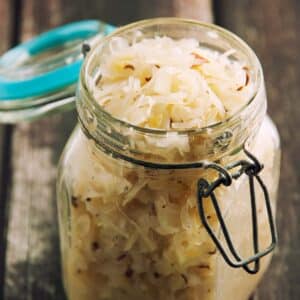
Apple & Juniper Berry Sauerkraut
Equipment
- 1 Fermentation Jar
Ingredients
- 3 or 4 heads of cabbage shredded
- 2 or 3 apples peeled and coarsely chopped
- 3 tablespoon caraway seeds
- 3 tablespoon Juniper berries crushed
- ¼ cup sea salt
Instructions
- Combine the shredded cabbage, chopped apples and spices together.3 or 4 heads of cabbage, 2 or 3 apples, 3 tablespoon caraway seeds, 3 tablespoon Juniper berries, ¼ cup sea salt
- Place the shredded cabbage and apple mixture little by little in your fermentation jar, pounding them vigorously and sprinkling some of the sea salt as you go along.
- Make sure the mixture fills the jar up to 1 inch bellow the top (because of the expansion), adding more if needed, and that the extracted water covers the vegetables entirely. If not, create a brine of 2 tablespoons sea salt to 4 cups water and add it to the cabbage.
- Press the mixture and keep it under the brine by placing a plate or a lid on top weighted down by a rock or a jug of water. Cover with a clean towel if needed to keep out fruit flies.
- Place the fermentation jar in a warm spot in your kitchen and allow the Sauerkraut to ferment for 7 to 10 days.
- Check on it from time to time to be sure that the brine covers the mixture and to remove any mold that may form on the surface.
- A good way to know when it’s ready is to taste it during the fermentation process and move it to the refrigerator when you’re satisfied with the taste.

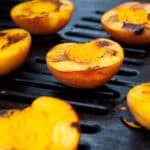
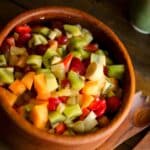

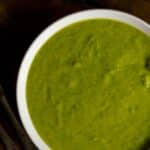
Leave a Reply